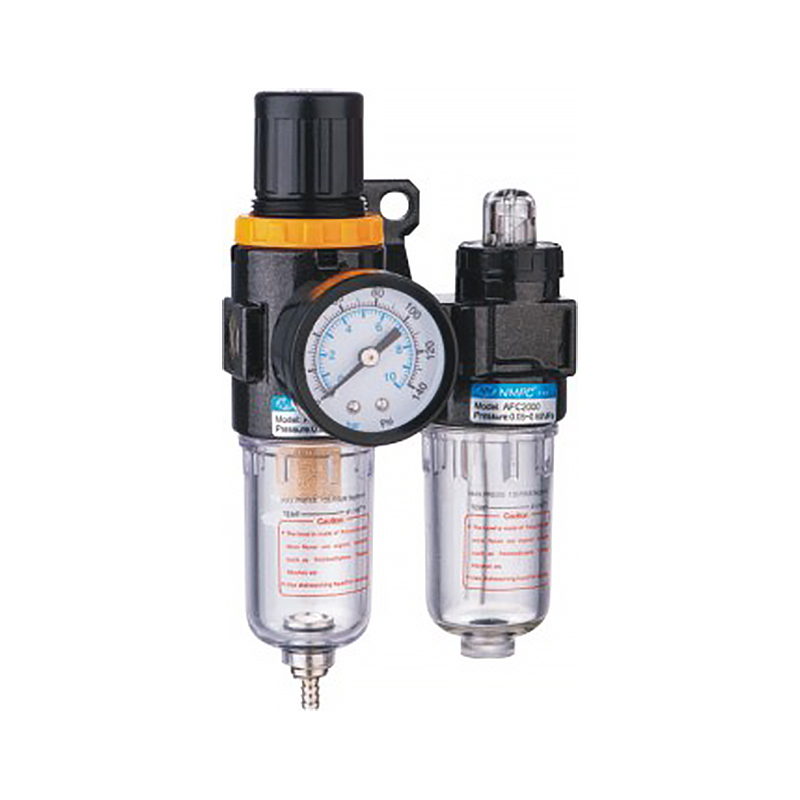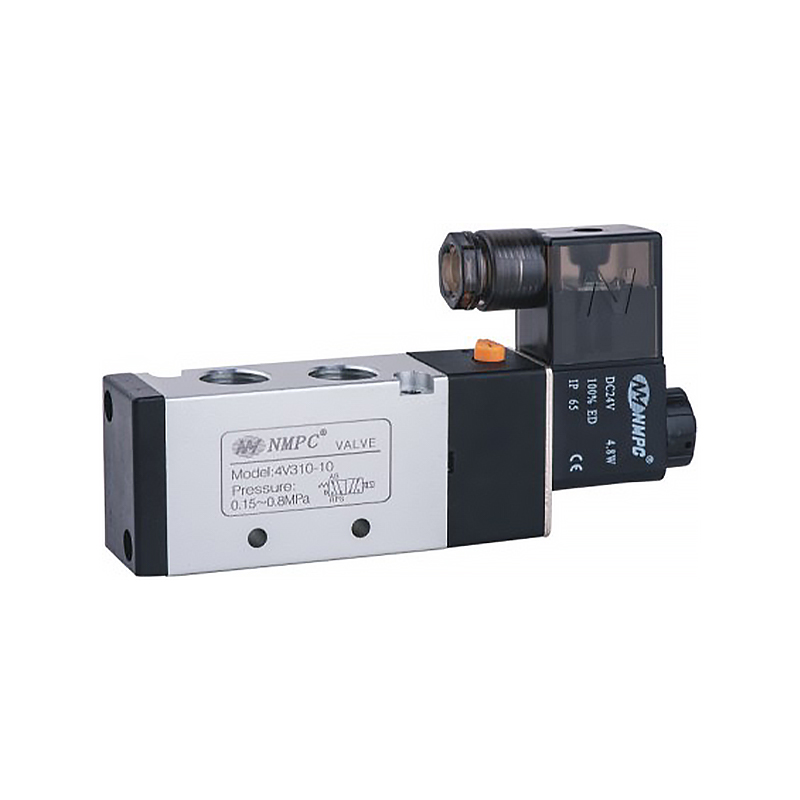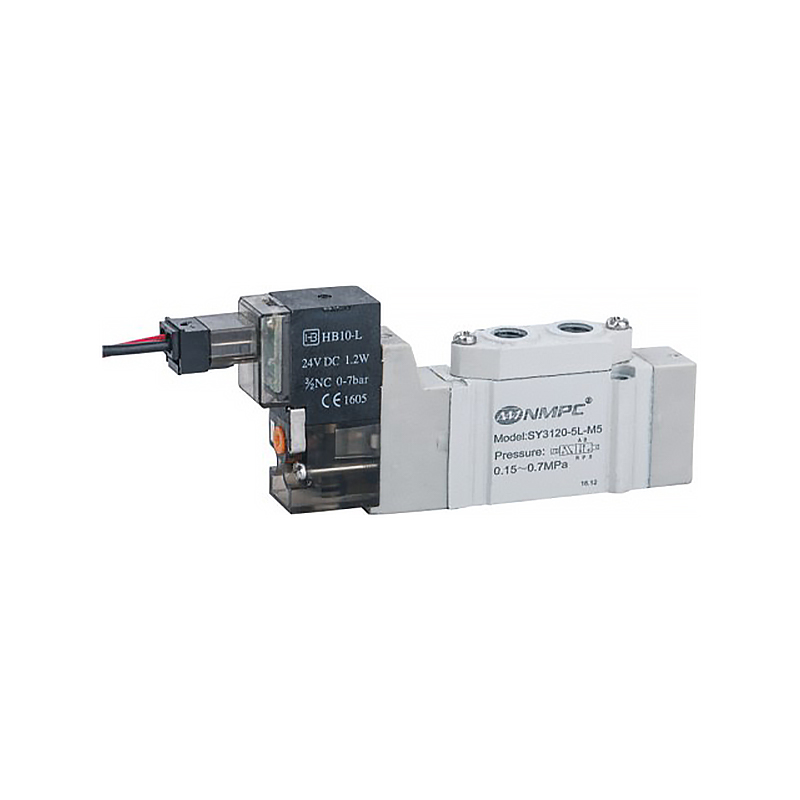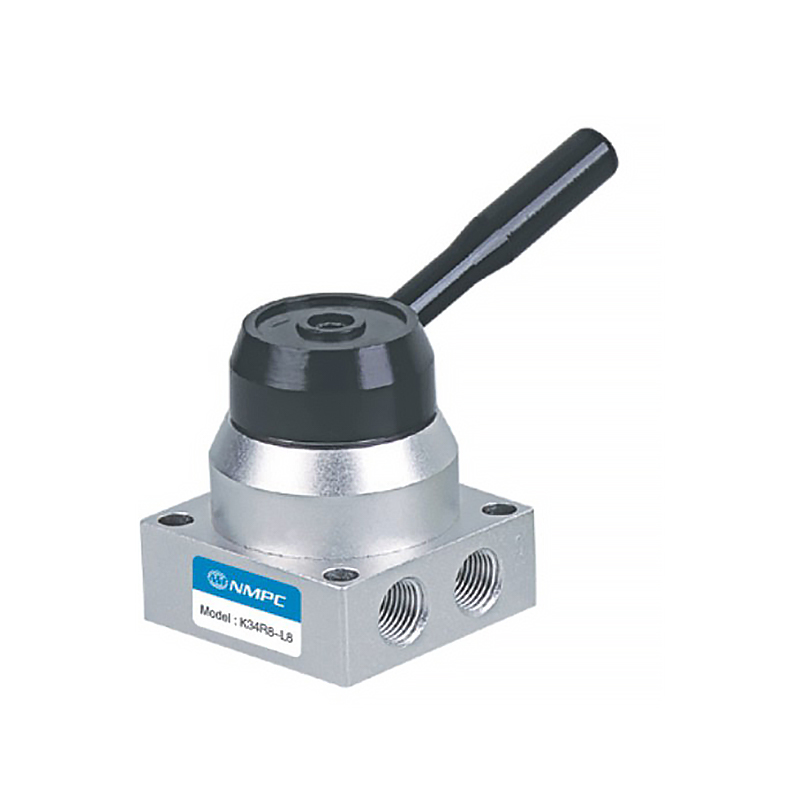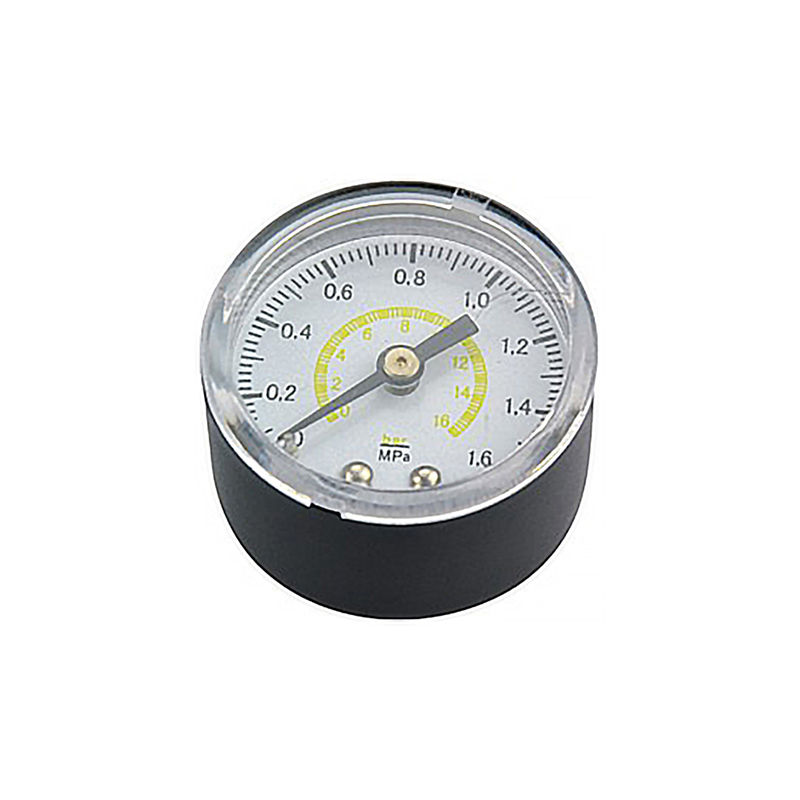Copyright 2022 © Ningbo Xinmadi Automation Technology Co., Ltd. All Rights Reserved.

A union pipe elbow, also known as a threaded union elbow, is a type of fitting used in piping systems to connect two pipes at an angle. Here are some general highlights of a union pipe elbow:
Easy installation and disassembly: The union design of the elbow allows for easy installation and disassembly without the need for complex tools or welding. It consists of three components: two female threaded ends and a central union nut that can be easily tightened or loosened to connect or disconnect the pipes.
Flexibility and adjustability: Union pipe elbows offer flexibility in terms of adjusting the angle or alignment of the pipes. The union nut can be loosened to rotate or reposition the pipes as needed, providing adaptability during installation or maintenance.
Leakage prevention: The union nut in the elbow is typically equipped with a gasket or sealing material, ensuring a tight and secure connection. This helps prevent leaks and ensures the integrity of the piping system.
Maintenance convenience: Union pipe elbows facilitate easy access to the connected pipes. By simply loosening the union nut, the pipes can be separated, allowing for maintenance or repair work to be performed without disrupting the entire piping system.
Compatibility: Union pipe elbows are available in various sizes and materials, making them compatible with a wide range of pipe dimensions and types. They can be used in both metal and plastic piping systems, offering versatility in different applications.
Durability: Union pipe elbows are typically made from robust materials such as brass, stainless steel, or PVC, ensuring durability and resistance to corrosion or degradation. This allows them to withstand the demands of different operating conditions.
Cost-effective: Union pipe elbows offer a cost-effective solution for joining pipes in applications where frequent disassembly or repositioning is required. They eliminate the need for more permanent and complex connections like welding or soldering, resulting in time and cost savings.

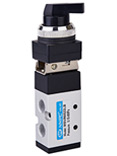
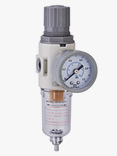
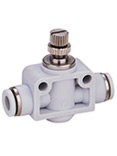
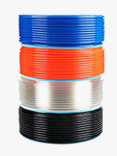
 简体中文
简体中文 English
English